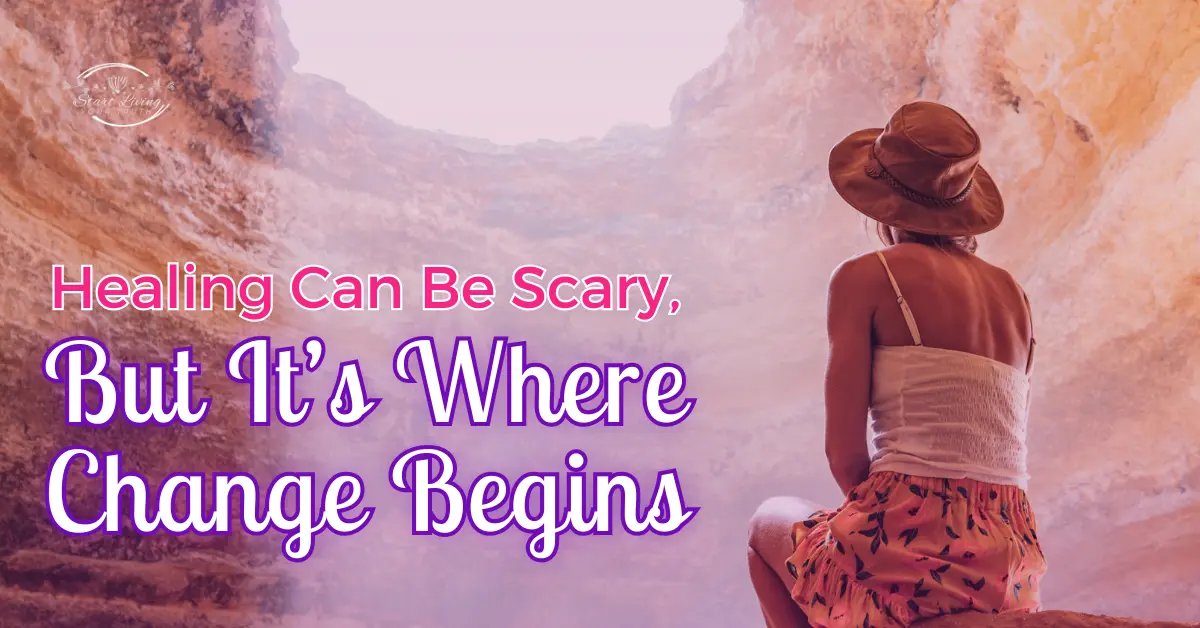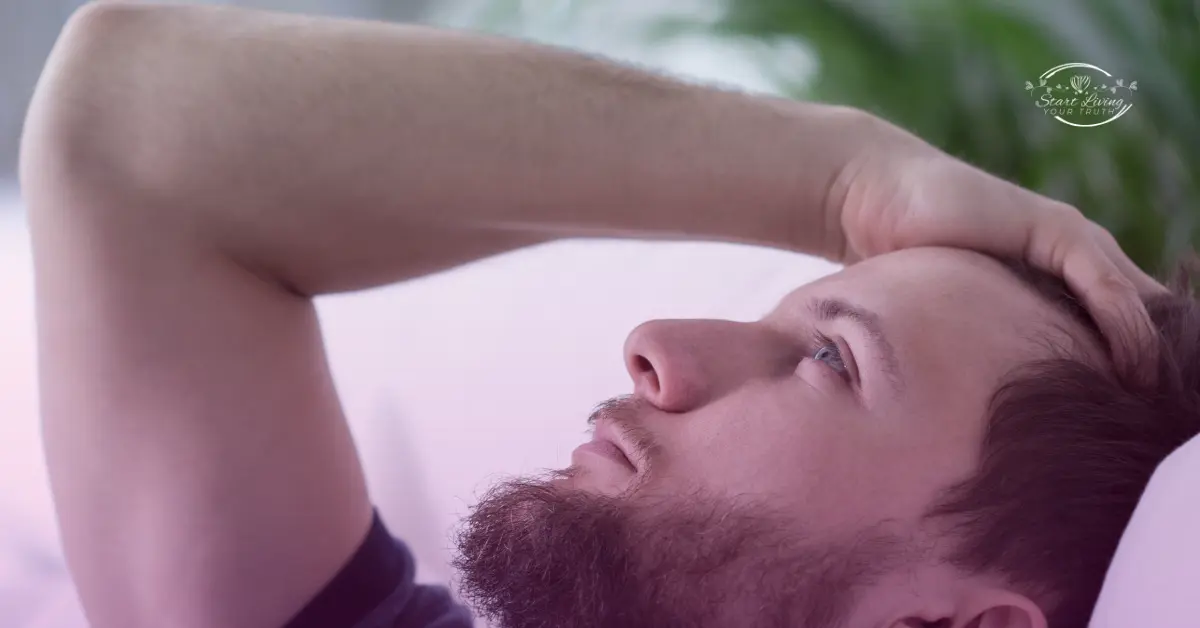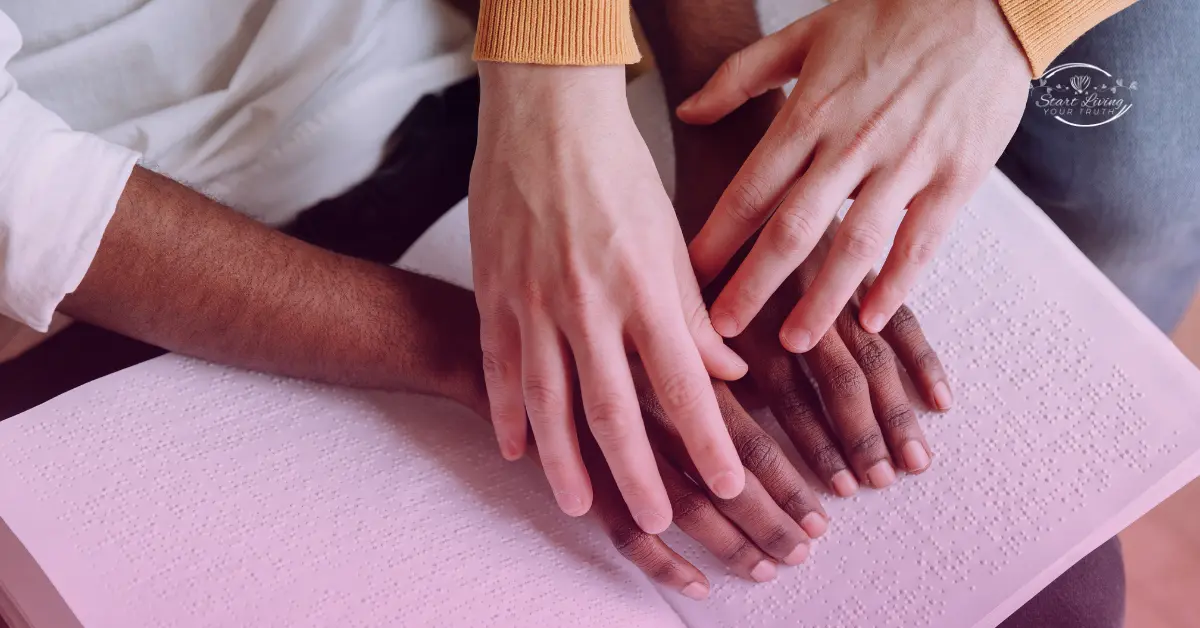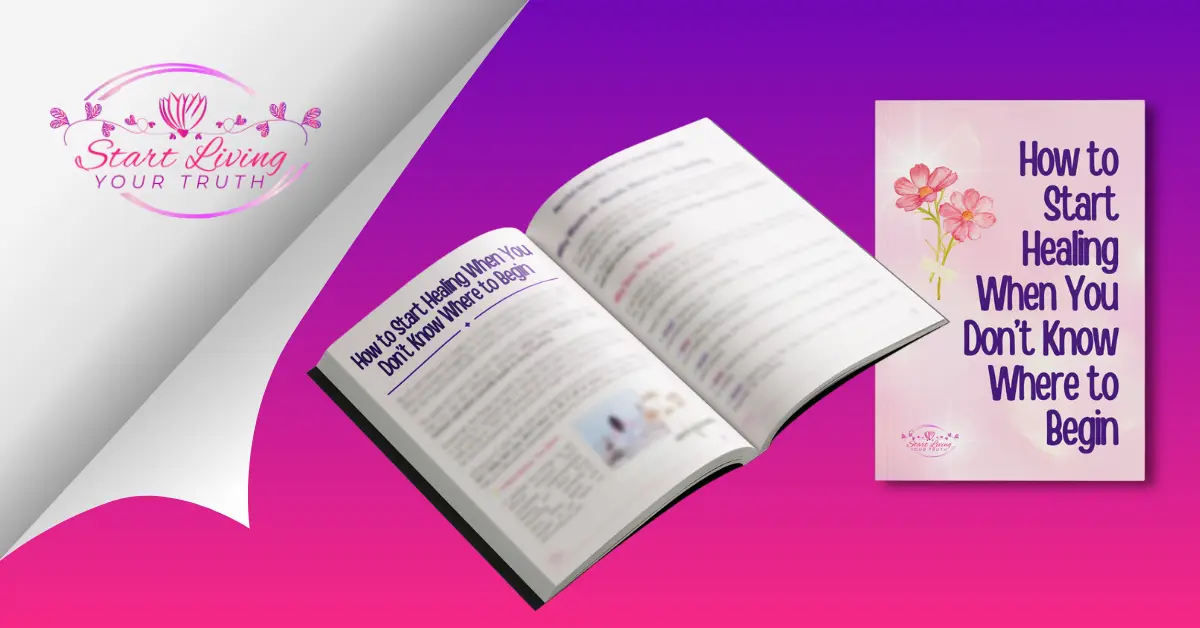
Healing is hard. It’s not just about knowing you need to change—it’s about facing what’s been holding you back, even when it feels overwhelming. Fear of failure, uncertainty about what you’ll uncover, or doubt that you can actually feel better can stop you in your tracks. That fear makes sense. Healing asks you to step outside of what’s familiar, even when staying stuck feels safer.
But here’s the thing: staying stuck isn’t as safe as it seems. The habits and patterns you’ve relied on—like avoiding confrontation, putting others’ needs above your own, or shutting down difficult feelings—might protect you in the moment, but they also keep you trapped in cycles of exhaustion and pain.
Why is healing so scary? Because it challenges you to let go of those patterns and step into something unfamiliar. It forces you to look at parts of your life you’d rather avoid. And that’s not easy.
The good news? You don’t have to figure it all out at once. Healing doesn’t happen overnight, and it doesn’t have to feel overwhelming. The first step isn’t about changing everything. It’s about making the choice to begin—even if that means starting small.
If you’re ready to start breaking free from old patterns and fears, this post will guide you through the first steps. You’ll see why healing feels so overwhelming, why it’s worth it, and how to take your first step in a way that feels safe and manageable.

Healing isn’t just a process—it’s an emotional risk. It requires you to step into unfamiliar territory, confront uncomfortable truths, and challenge deeply ingrained patterns. If you’ve ever hesitated to start or found yourself retreating after taking a step forward, it’s not because you’re weak or unmotivated. It’s because healing stirs up fears that are wired into your brain and body.
These fears don’t mean you’re not ready to heal—they’re a sign that you’re human. They show how deeply your brain and body are trying to protect you, even if those protections are no longer serving you.
The key isn’t to eliminate fear but to understand it. When you recognize that fear is a natural response—not a signal to stop—you can start taking small, safe steps forward.
4. Fear of Losing Control
Healing isn’t a linear process—it can be messy and unpredictable. That unpredictability can make you feel like you’re losing control, especially if you’ve relied on rigid patterns to create a sense of stability.

Healing may feel scary, but staying stuck comes at a greater cost. The patterns you’ve relied on—like avoiding conflict, suppressing your needs, or distracting yourself from pain—might keep you comfortable in the short term, but they also keep you disconnected from the life you truly want.
When you begin to heal, you’re not just addressing the pain—you’re opening the door to a life that feels more aligned with who you are and what you need.
It’s natural to question whether the effort is worth it, especially when healing feels uncertain or uncomfortable. But the truth is this: healing isn’t about erasing the pain—it’s about building a life where the pain no longer controls you.
If you’re tired of living in cycles of frustration and self-doubt, it might be time to take that first small step. It doesn’t have to be perfect or dramatic—just enough to start shifting toward something better.

Healing can feel like an impossible mountain to climb, especially when you don’t know where to begin. It’s normal to wonder if you’re even capable of moving forward or to feel unsure about what steps will actually make a difference.
The truth is, starting the healing process isn’t about doing everything all at once. It’s about having the right tools and guidance to take that very first step—one that feels doable and safe, even in the face of fear.
This is where having a clear, supportive plan makes all the difference. Instead of guessing what might work or feeling overwhelmed by endless advice, you need something practical and designed for where you are right now:
You don’t have to figure this out alone. That’s why I’ve created a resource to help you take those first steps toward healing in a way that feels safe and manageable.
If you’re ready to stop feeling stuck and start moving forward, we have an awesome guide just for you.

Healing can feel overwhelming, but you don’t have to navigate it alone. If today’s post has resonated with you, there are resources designed to support you exactly where you are right now.
The 15 Healing Shifts - What You Usually Do vs What Actually Helps Guide is here to help you take your first steps with clarity and confidence. It’s a practical, compassionate resource tailored to those moments when you’re ready to begin but unsure how. This guide offers the structure and insight to help you move forward at your own pace.
If you’re also curious about exploring additional tools, the Gem Collection offers a variety of resources to support different aspects of your healing process. Whether you’re working on setting boundaries, understanding your emotions, or building self-trust, there’s something there to guide you further.
Healing doesn’t happen all at once, but every small step matters. If you’re ready to start, we’re here to help you take the next one.